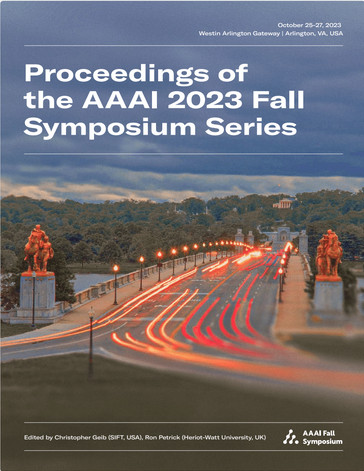NeuralFlood: An AI-Driven Flood Susceptibility Index
DOI:
https://doi.org/10.1609/aaaiss.v2i1.27655Keywords:
Deep Learning, Flood Index, AI For Water, Neural Networks, ClimateAbstract
Flood events have the potential to impact every aspect of life, economic loss and casualties can quickly be coupled with damages to agricultural land, infrastructure, and water quality. Creating flood susceptibility maps is an effective manner that equips communities with valuable information to help them prepare for and cope with the impacts of potential floods. Flood indexing and forecasting are nonetheless complex because multiple external parameters influence flooding. Accordingly, this study explores the potential of utilizing artificial intelligence (AI) techniques, including clustering and neural networks, to develop a flooding susceptibility index (namely, NeuralFlood) that considers multiple factors that are not generally considered otherwise. By comparing four different sub-indices, we aim to create a comprehensive index that captures unique characteristics not found in existing methods. The use of clustering algorithms, model tuning, and multiple neural layers produced insightful outcomes for county-level data. Overall, the four sub-indices’ models yielded accurate results for lower classes (accuracy of 0.87), but higher classes had reduced true positive rates (overall average accuracy of 0.68 for all classes). Our findings aid decision-makers in effectively allocating resources and identifying high-risk areas for mitigation.Downloads
Published
2024-01-22
How to Cite
Lin, J., Sreng, C., Oare, E., & Batarseh, F. A. (2024). NeuralFlood: An AI-Driven Flood Susceptibility Index. Proceedings of the AAAI Symposium Series, 2(1), 94-101. https://doi.org/10.1609/aaaiss.v2i1.27655
Issue
Section
Artificial Intelligence and Climate: The Role of AI in a Climate-Smart Sustainable Future

